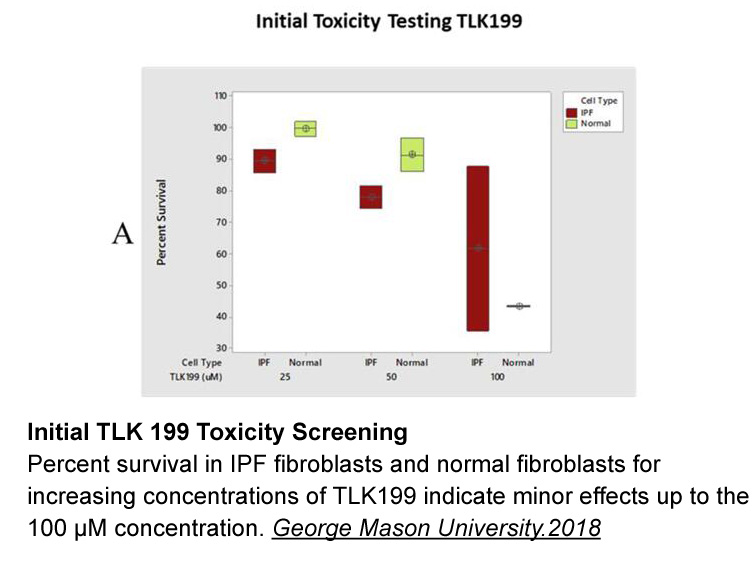Archives
The extensive worldwide research efforts in
The extensive worldwide research efforts in the decade following FFA1 de-orphaning aimed at developing clinically useful FFA1 agonists were nearly halted after Takeda’s first-in-class agent fasiglifam (TAK-875) was discontinued in phase III of human trials. On the date of submission of this manuscript, only one FFA1 agonist (Piramal’s compound P11187 of undisclosed structure) was in clinical research. This is rather unfortunate since the efficacy profile of TAK-875 established in its clinical trials was very good (despite the observed idiosyncratic liver toxicity that led to the discontinuation). Therefore, if the toxicity profile of FFA1 agonists is diligently tackled, there remains an opportunity to bring the first drug in this class to market.
The toxicity of TAK-875 was debatably linked to its overly high lipophilicity. On the one hand, relatively high lipophilicity is likely a pre-requisite for ligand’s affinity to the receptor (considering the fact that its endogenous ligands are medium-to-long chain fatty acids). On the other hand increasing the polarity (i.e. increasing the total polar surface area or lowering the LogP) of FFA1 agonists could provide the solution to the toxicity problem. Recently, we reported potent and selective FFA1 agonists based on containing 1,3-oxazole, 1,2,4-oxadiazole and 1,2,4-thiadiazole9, 10 grafted onto or replacing the phenyl ring of the 3-[4-(benzyloxy)phenyl]propanoic ABT888 core, which mimics the fatty acid endogenous ligands of the receptor and is present in TAK-875 and other advanced compounds of this class (such as Amgen’s AMG-837, and Eli Lilly’s LY2881835) (Fig. 1).
Besides the heterocyclic appendage or scaffold hopping9, 10 approach realized in our previous studies, we became intrigued by the structure of LY2881835 and the presence of a basic amine center, in combination with the spirocyclic motif, in its periphery. Both aspects appeared quite appealing from the drug design standpoint. The basic center, which would likely be protonated at physiological pH, is capable of increasing hydrophilic character of LY2881835 itself or any related compounds. This was clearly a reassuring observation as high lipophilicity has been dogmatized as a pre-requisite to high ligand affinity toward FFA1 (we observed a significant activity drop on replacing the 3-phenylpropionic acid FFA1 pharmacophore with its more polar 1,3,4-thiadiazole congener). Spirocyclic moieties are considered privileged moieties in GPCR ligand design due to their pronounced three-dimensional character, which ensures better complementarity of a small-molecule ligand to its protein target and, as a result, fewer off-target effects.
The Prins cyclization invo lving cyclic ketones and homoallylic alcohol under Lewis or Brønsted acid catalysis provides a facile entry into spirocyclic motifs which contain a potentially reactive functionality originating from the interception of intermediate spirocyclic carbocation with various nucleophiles (thus resulting in a formal three-component process). Azacycloalkanones have been rarely employed as carbonyl components in the Prins cyclization, except for a comprehensive methodology report from the Ghosh group. Recently, we described a facile and convenient protocol to prepare spirocyclic amino alcohol building blocks from a range of azacycloalkanones. In particular, N-Boc-protected 1-oxa-9-azaspiro[5.5]undecan-4-ol (1) which was amenable by this method on a multigram scale, was viewed as a particularly valuable building block to graft diverse spirocyclic periphery, similar to that of LY2881835, onto the 3-[4-(benzyloxy)phenyl]propanoic acid core, which common to many advanced FFA1 agonists (vide supra), via a reductive amination of aldehyde building block 2 with a range of amines 3 derived from 1.
While 2 was lacking a substituent in position 3 of 3-phenylpropanoic carboxylate (which is present in many advanced compounds shown in Fig. 1), we reasoned that the use of the simplified pharmacophore would allow streamlined screening for the optimal spirocyclic periphery in series 4. Once lead compounds are identified within the latter, appropriate substitutions in the 3-[4-(benzyloxy)phenyl]propanoic acid portion of the future new agonists can be defined and introduced (Fig. 2). Herein, we describe the initial promising results related to the synthesis, biological and ADMET/PK profiling of compounds belonging to series 4.
lving cyclic ketones and homoallylic alcohol under Lewis or Brønsted acid catalysis provides a facile entry into spirocyclic motifs which contain a potentially reactive functionality originating from the interception of intermediate spirocyclic carbocation with various nucleophiles (thus resulting in a formal three-component process). Azacycloalkanones have been rarely employed as carbonyl components in the Prins cyclization, except for a comprehensive methodology report from the Ghosh group. Recently, we described a facile and convenient protocol to prepare spirocyclic amino alcohol building blocks from a range of azacycloalkanones. In particular, N-Boc-protected 1-oxa-9-azaspiro[5.5]undecan-4-ol (1) which was amenable by this method on a multigram scale, was viewed as a particularly valuable building block to graft diverse spirocyclic periphery, similar to that of LY2881835, onto the 3-[4-(benzyloxy)phenyl]propanoic acid core, which common to many advanced FFA1 agonists (vide supra), via a reductive amination of aldehyde building block 2 with a range of amines 3 derived from 1.
While 2 was lacking a substituent in position 3 of 3-phenylpropanoic carboxylate (which is present in many advanced compounds shown in Fig. 1), we reasoned that the use of the simplified pharmacophore would allow streamlined screening for the optimal spirocyclic periphery in series 4. Once lead compounds are identified within the latter, appropriate substitutions in the 3-[4-(benzyloxy)phenyl]propanoic acid portion of the future new agonists can be defined and introduced (Fig. 2). Herein, we describe the initial promising results related to the synthesis, biological and ADMET/PK profiling of compounds belonging to series 4.